This Cheltenham Racecourse betting guide isn’t about hype — it’s about how the camber, the climb, the crowd and the pressure really change races and markets. From October to April — and especially during the Cheltenham Festival — understanding the Old Course, the New Course and the Cross Country is non-negotiable. What follows is a practical, no-fluff handbook full of racecourse insight and betting angles you can actually use on raceday.
If you enjoy deep-dive analyses like this one, check out the full collection of racecourse breakdowns in our Inside The Tracks section — your go-to hub for track insights, trends and betting angles across the UK and Ireland.
Cheltenham Racecourse betting guide: what makes this track unique
Cheltenham Racecourse is a left-handed, undulating test with a famous uphill finish—“the Cheltenham hill”—that routinely empties tanks. The final climb rises about 11.5 metres from the home turn to the line, so races aren’t truly decided until very late. If you’ve ever shouted one home too early here, you’re in good company.
Cheltenham actually means three different tracks:
- Old Course (faster, tighter feel; used early season and Tue/Wed of the Festival),
- New Course (more stamina-centric; used Thu/Fri of the Festival),
- Cross Country Course (banks, rails, and a labyrinth of turns for specialist chasers).
Each layout has its own rhythm, surface wear pattern and betting implications — understanding these differences is the foundation of any smart Cheltenham bet. If you’re serious about understanding the track, this Cheltenham Racecourse betting guide will be your best reference before the Festival.
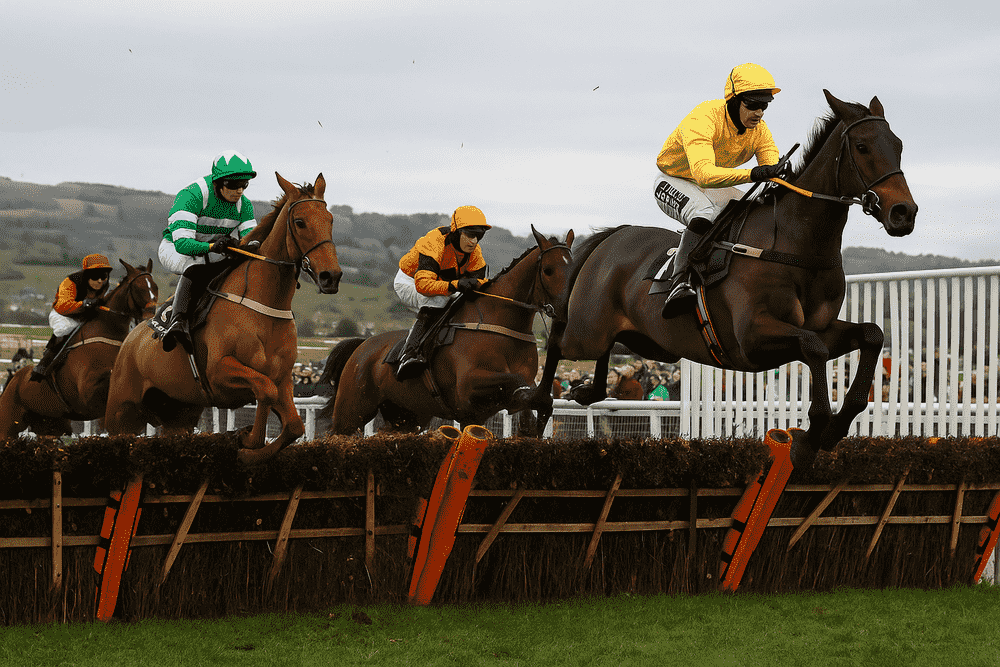
Cheltenham Old Course vs New Course: how they ride (and why it matters)
One of the most practical sections in this Cheltenham Racecourse betting guide is learning how the Old and New Courses ride differently — it’s where most punters start finding real edges.
Cheltenham Old Course: pace and agility rule
The Old Course is marginally shorter and tighter with nine fences per circuit and just one in the home straight over fences. That tighter geometry puts a premium on handy position and slick jumping, especially at Festival trips of 2m–2m4f. It’s the stage for the Supreme, Arkle, Champion Hurdle and Champion Chase (Tue/Wed).
From a betting angle, sharpness + crowd + early-season freshness can produce stop–start tactical races where pace collapses are less common than people think; the third-last (downhill) remains a notorious jumping test that can flip a market in two strides.
Handicapping tip: on the Old Course, look for:
- Horses with course form and neat fence technique.
- Jockeys who can hold a spot without burning petrol.
- Types with speed to travel and some turn of foot for the short run-in.
Cheltenham New Course: stamina and patience win the day
The New Course stretches horses out: more galloping feel, ten fences per circuit with two in the straight, and a longer run-in over fences. Hurdle races have fewer obstacles late, so you often get long, sustained moves rather than quick dashes. It hosts the Stayers’ Hurdle and the Gold Cup (Thu/Fri).
Handicapping tip: on the New Course, upgrade:
- Proven strong stayers that finish races off.
- Riders happy to wait longer before committing.
- Horses with efficient cadence on undulations (they don’t break rhythm on the hill).
Cheltenham Cross Country Course: specialists only
This unique loop (think banks, railed hedges, timber, switchbacks) rewards experience and schooling; it’s 3m6f+ with a maze of c. 32 obstacles and different racing lines between laps. Treat Cross Country form as its own ecosystem—specialists repeatedly show up.
Together, these three courses make Cheltenham Racecourse one of the most complex and data-rich tracks in National Hunt racing — a paradise for form students and betting analysts alike.
Reading races at Cheltenham Racecourse: the hill, the camber, and the clock
As highlighted throughout this Cheltenham Racecourse betting guide, understanding the hill, camber and clock is what turns casual watching into confident wagering:
- Don’t trust the first move. Horses often travel like winners turning in, then the gradient bites. Late closers with proven stamina regularly pick pockets after the last.
- Rhythm > raw speed. The downhill fence(s)—especially the third-last—magnify any technical flaw. A neat, quick jump there can swing three lengths for free.
- Course form is real. Some very talented horses never look happy here; others (even on lower ratings) thrive on the configuration and the noise. Keep a Cheltenham shortlist and be stubborn about it.
- Going shifts matter. Rain during the meeting can turn the New Course into a grinder’s paradise by Friday; dial up stamina and proven soft-ground action when forecasts change late. (Use the official Cheltenham Racecourse page for up-to-date clerk reports and course maps on raceday).
Understanding how the hill shapes pace and stamina sets up everything that follows — especially when analysing trainer patterns and national trends at the Festival.
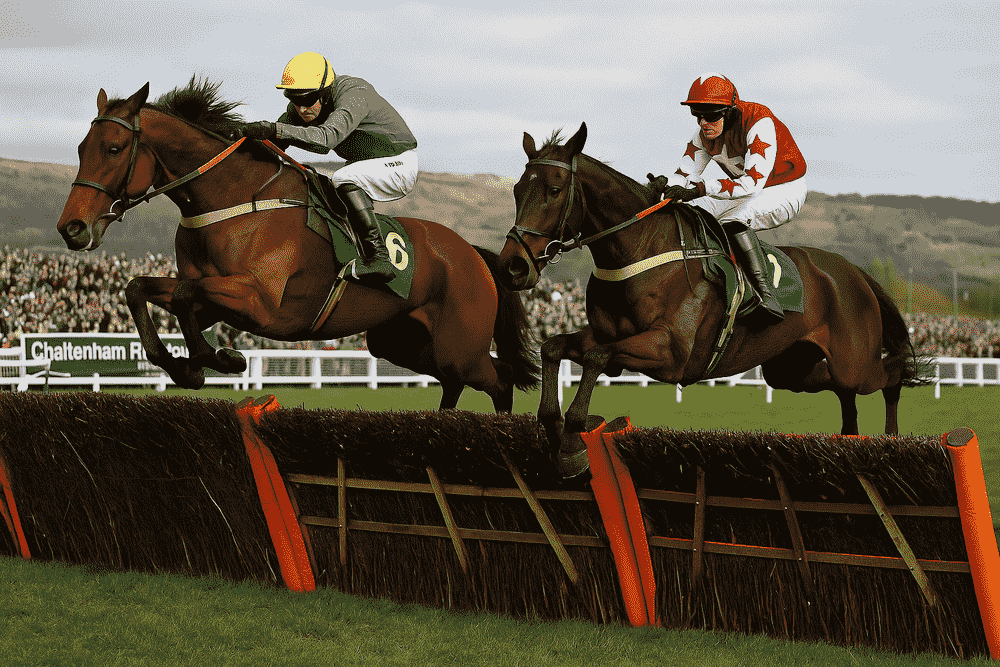
Trainers, trends and the Irish factor at Cheltenham Festival (2020–2025 snapshot)
It’s impossible to price a race at Cheltenham Racecourse — especially during the Cheltenham Festival — without pricing Willie Mullins. In March 2024 he became the first trainer to reach 100 Festival winners (he’s since pushed beyond that), underlining a decade-long shift in balance toward Ireland.
Here’s how the Prestbury Cup — the annual GB vs IRE scoreboard at Cheltenham Racecourse — has looked in recent seasons. The Prestbury Cup (GB vs IRE winners across the 28 races) shows the tilt clearly:
- 2020: Ire 17 – GB 10
- 2021: Ire 23 – GB 5 (record margin)
- 2022: Ire 18 – GB 10
- 2023: Ire 18 – GB 10
- 2024: Ire 18 – GB 9 (Cross Country abandoned)
- 2025: Ire 20 – GB 8
- That’s Irish wins in each year from 2020–2025, with 2021 the blowout. Price that dominance into your country-of-trainer angles, especially in Grade 1s and staying chases.
This consistent dominance has become a defining feature of modern Cheltenham Festival betting trends. For punters looking beyond the Festival, our 2025–26 Jumps Season Horses to Follow guide highlights emerging talent from the same powerhouse yards that dominate here at Cheltenham.
Practical implications for Cheltenham betting strategy
- Don’t auto-fade short Irish novices—yards like Mullins, Elliott and de Bromhead regularly over-perform here relative to Britain.
- But beware market over-correction in Festival week: the “green tide” premium sometimes shaves too much value off mid-tier Irish horses on Tuesday/Wednesday; there’s often more juice in Thursday handicaps and Friday stayers when conditions change. (Attendance, weather and narrative spikes can shape prices intra-week).
Overall, trainer trends at Cheltenham Racecourse show how reputation and crowd narratives can distort Festival markets — a useful reminder to price horses, not headlines.
The fences and the flow at Cheltenham Racecourse: where races flip
Every fence at Cheltenham Racecourse plays its own part in shaping pace and rhythm. Understanding where the flow changes can be the difference between spotting a real winner and chasing a false move.
- Third-last (downhill) on the chase tracks: fastest jumpers gain clean separation; tired legs or low scope here are expensive mistakes.
- Last two on the New Course: stamina test + longer run-in—don’t mark your book too early.
- Hurdles late pattern (New Course): fewer hurdles in the back end encourages long, grinding moves—upgrade relentless gallopers over “two-furlong sprinters”.
These signature fences and undulating sections define how races unfold at Cheltenham. For punters, noting where momentum shifts — especially around the downhill third-last — can reveal priceless betting value.

Race tactics and betting psychology at Cheltenham Racecourse
Cheltenham Racecourse isn’t just about fences and gradients — it’s a living pressure cooker where tactics, crowd noise, and market psychology collide. Every race develops its own tempo, and knowing when to trust what you see (and when not to) is half the battle.
Every insight in this Cheltenham Racecourse betting guide aims to help you read tempo, market emotion and pressure like a pro.
The rhythm of the race at Cheltenham
On both the Old and New Courses, position early without panic is key. Riders who rush to the front up the hill out of the chute often end up as early sacrifices. The sweet spot is usually fifth to eighth place, conserving energy but staying close enough to avoid traffic when the pace slackens. That middle section down the back straight is where clever jockeys — think Paul Townend or Nico de Boinville — quietly shift gears without showing it.
When you watch replays, note how many Cheltenham winners travel strongly but not keenly. Horses that over-race here rarely finish races; even the best engines can’t sustain a long pull uphill.
Understanding this market rhythm is crucial: Cheltenham Racecourse betting patterns often peak on narrative-driven runners rather than form-based value.
Understanding the crowd and adrenaline effect
The Cheltenham Roar is famous for a reason. It’s the sound of 70,000 punters who’ve waited all winter and are now on their feet. For young or fresh horses, that noise can mean extra early energy — great for a fast start, disastrous for stamina. Seasoned jockeys use that energy against the field, letting the front group burn off while they switch off behind the leaders.
When the crowd lifts in the Festival’s opening race, you can practically see the collective pulse rise. That’s when in-running markets go wild. Traders chase the visual, but the data says patience wins — in the last five Festivals, over 60 % of in-running favourites turning for home on the Old Course were beaten inside the final 150 yards. The hill is ruthless.
The psychology of the market
Because Cheltenham attracts huge betting volumes, prices move faster and earlier than at almost any other jumps track. Each year there’s a “talking horse” that shortens absurdly — not because of form, but because nobody wants to miss out. This is the perfect place to stay contrarian.
Keep a note of false steamers: well-backed horses trained by fashionable yards that don’t tick the course-form or stamina boxes. On the flip side, lightly raced British runners with solid undulating-track form often go off bigger than they should because of the “Irish bias”.
A sharp bettor at Cheltenham doesn’t just read the race — he reads the narrative. Who’s training the hype horse? What’s the storyline the TV wants? When everyone’s talking about redemption or revenge, find the quiet contender who’s simply well-handicapped and proven over the hill.
How to use this Cheltenham Racecourse betting guide insight on raceday
- Don’t chase early steam; wait for the real money on race morning.
- Back your own judgment on course traits — the hill has embarrassed many “certainties”.
- During the Festival, consider in-running back-to-lay strategies: trade on strong travellers turning in, but hedge before the last if they’ve never seen the hill.
- Keep emotional distance. Cheltenham hype eats discipline faster than soft ground eats stamina.
Mastering these tactical and psychological cues at Cheltenham Racecourse is what separates disciplined punters from emotional bettors — and it’s where long-term value really lives.
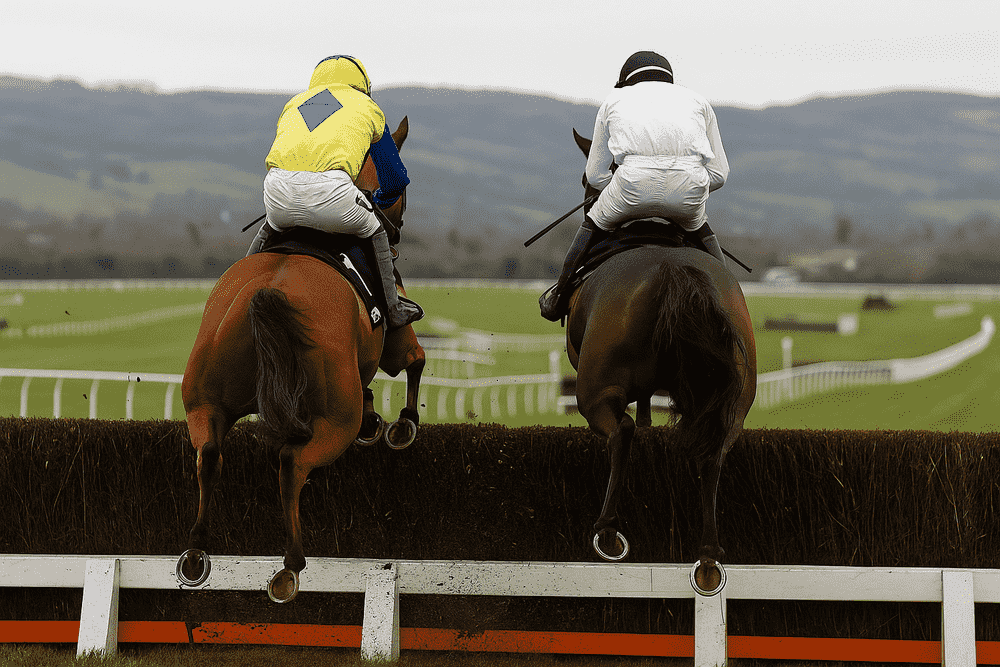
Cheltenham betting strategy by race type
Different race types at Cheltenham Racecourse demand different betting lenses. Each day of the Festival rewards a specific blend of pace, stamina and jumping economy — knowing which traits matter most is the core of a smart Cheltenham betting strategy.
Cheltenham two-mile hurdles (Old Course Tue): travel and turn
- Profile: athletic hurdlers who can hold a prominent spot without racing keen.
- Edge: oppose one-paced grinders; favour horses with sharp hurdle technique and change of pace from two-out.
- Market watch: speed figs from flat, galloping tracks can mislead; adjust down for the hill.
Cheltenham Championship chases (Old Course Wed): precision test
- Profile: economical jumpers with repeatable stride length.
- Edge: upgrade horses with prior Old Course chase experience or notable downhill fence form.
Cheltenham Stayers’ Hurdle (New Course Thu): the long squeeze
- Profile: rhythm horses whose last furlong is as strong as their first—many “non-stayers” trade short turning in.
- Edge: bet late or keep keep-bets in-running; stamina reveals itself only after the last on Friday’s ground/profile.
Cheltenham Gold Cup (New Course Fri): class + efficiency
- Profile: proper Grade-1 stayers with economical jumping.
- Edge: don’t overrate spectacular single leaps; the attritional rhythm matters more over ten fences per circuit and the long run-in.
Cheltenham Cross Country: ignore everything else—follow the specialists
- Profile: horses with dedicated schooling over banks/rails and repeat Cheltenham XC form.
- Edge: treat previous XC runs as a primary rating input; the 32-obstacle puzzle defeats many classy “tourists”.
In short, matching race profile to course type is what turns Cheltenham guesswork into strategy. Whether it’s a two-mile sprint or the relentless Gold Cup climb, every race at Cheltenham Racecourse tells you what to value — if you’re patient enough to listen.
Seasonal factors and going biases at Cheltenham Racecourse
No Cheltenham Racecourse betting guide would be complete without a look at how the going and the time of year shape performance.
The season-long rhythm of Cheltenham Racecourse shapes how races play out from autumn to spring. Each meeting tells its own story: ground conditions shift, the crowd energy changes, and horses peak at different times. Smart bettors price that in.
- Showcase/November (Old Course): tighter, often livelier ground—handy types prosper.
- Christmas/New Year/Trials Day (often New Course): deeper winter ground; stamina bias increases.
- Festival week: field depth + crowd + pace wars = exaggerated late effects; use country-of-trainer context and course experience as hard filters.
Understanding how the going evolves between meetings is one of the biggest edges in Cheltenham betting. From the livelier Old Course ground in November to the stamina-testing New Course in March, course bias and fitness cycles quietly move markets.
To plan your bets across the full jumps calendar, don’t miss our Top National Hunt Fixtures 2025–26 guide — a month-by-month look at the biggest meetings and unmissable races of the new season.

Cheltenham Racecourse checklist for raceday betting
Before placing a bet at Cheltenham Racecourse, it helps to run through a quick checklist. These are the key race-day factors that often decide whether you’re holding a winner or a story for the pub later.
- Course used today? Old vs New vs XC dictates race shape.
- Going update + wind/rain window in last 24–48h—re-price late closers and stayers.
- Downhill-fence competence for chases—watch replays for balance and landing.
- Real course form—prior Cheltenham efforts carry more signal than generic “left-handed” or “undulating”.
- Trainer context (Festival especially): price in Irish depth, but don’t overpay when the narrative is loudest.
Use this quick Cheltenham checklist before every card — it keeps you grounded in course context, going bias and trainer patterns instead of noise and narratives.
Cheltenham betting mistakes (so you don’t donate to the market)
Even seasoned punters make the same errors at Cheltenham Racecourse. That’s exactly why this Cheltenham Racecourse betting guide highlights the traps that drain bankrolls year after year.
- Going off vibes: “travels like a dream” ≠ gets up the hill. Wait for evidence a horse finishes here.
- Ignoring geometry: Old Course sharpness vs New Course stamina isn’t a footnote; it’s the bet.
- One-replay conclusions: watch two or three Cheltenham runs (or comparable undulating tracks) before you label a horse as a “non-Cheltenham type.”
- Cross-Country tourism: class doesn’t travel if a horse hasn’t schooled the banks. Specialists exist for a reason.
Avoiding these classic Cheltenham betting mistakes won’t make you bullet-proof, but it will keep you on the right side of probability — and in better shape for the noise that comes next.
The Cheltenham Festival atmosphere and its impact on races
If you’ve never been to the Cheltenham Festival, the atmosphere itself can be a shock to the system. The combination of tension, noise, and tradition makes this meeting unlike any other in jump racing.
The Cheltenham Roar at the Supreme isn’t just folklore; that noise hits a boiling-kettle track where early positions matter and adrenaline can make keen horses do too much. Keep a small temperament note in your tissue for buzzy types on Day 1. (Festival day breakdowns from official and industry sites back this: Old Course Tue/Wed; New Course Thu/Fri).
In betting terms, understanding the Cheltenham Festival atmosphere means recognising how adrenaline, crowd noise, and emotion can tilt both horses and punters off balance — it’s as much psychology as form analysis.
Cheltenham trainer statistics, data trends and recency bias
Trainer data is the backbone of Cheltenham betting strategy. Understanding who’s peaking, who targets specific races, and how the Irish dominance shapes the market can give you a measurable edge.
- Mullins and the 100-plus club: bake his Festival strike threats into any outright or top-trainer markets you play—price moves begin weeks out.
- GB vs IRE macro-trend: since 2020 the Irish have won every Prestbury Cup (tie last in 2019), with 2021’s 23–5 a watershed. Context matters: training depth, bloodstock, and targeted prep paths.
In short, if you’re not accounting for trainer patterns and recency bias, you’re betting half-blind at Cheltenham. The best punters treat data as context, not gospel — they know when to trust a trend and when to fade the narrative.
How to build your Cheltenham betting shortlist (a repeatable process)
Creating a Cheltenham betting shortlist isn’t about guessing — it’s about structure. By following a repeatable process that filters course form, trainer intent and race conditions, you’ll start spotting angles most punters miss.
- Split by course (Old/New/XC) and trip.
- Filter by course form (any placing where the horse stayed on up the hill).
- Rewatch the third-last in chase replays—mark plus/minus on balance and landing.
- Overlay ground: promote action that copes with soft on the New Course; promote pace on the Old when it’s better ground.
- Trainer targeting: Irish Grade-1 yards into the A races; look for British angles in handicaps and intermediate trips where the market over-weights Irish badges.
Stick to this process across the season, tweak your filters after each meeting, and by Festival week you’ll have a refined Cheltenham shortlist based on evidence, not emotion — the kind that survives the hill and the hype.
Following this Cheltenham Racecourse betting guide through the season will make your shortlists sharper, your logic cleaner, and your Festival week a lot less stressful.
Cheltenham Racecourse FAQs (quick answers for busy punters)
It’s real—the finish climbs roughly 11.5m from the turn to the line. Horses can look home and hosed, then fold in the last 150 yards.
Old Course = tighter, faster, handier; New Course = more galloping, more stamina, longer run-in (and fewer late hurdles). Price your bets accordingly.
Almost always. It’s a specialist test with ~32 obstacles and unique schooling requirements.
Depth of talent, targeted programs, and trainers like Willie Mullins, who reached 100+ Festival winners in 2024. The Prestbury Cup has gone to Ireland every year since 2020.
Tue/Wed: Old Course. Thu/Fri: New Course. The Cross Country runs on the dedicated XC layout.
Final thought
As this Cheltenham Racecourse betting guide wraps up, remember that understanding rhythm, terrain and temperament is worth more than chasing hype. Cheltenham rewards patience and discipline. Respect the hill, respect the course split, and price the Irish factor without chasing the narrative. Do those three things and you’ll stop donating to the “travels like a dream” brigade—and start getting paid for strong lungs, clean technique and cool rides.
In short, Cheltenham Racecourse remains the purest test of betting nerve and race-reading skill in British jumps racing — a place where the brave get paid, and the patient last longest.



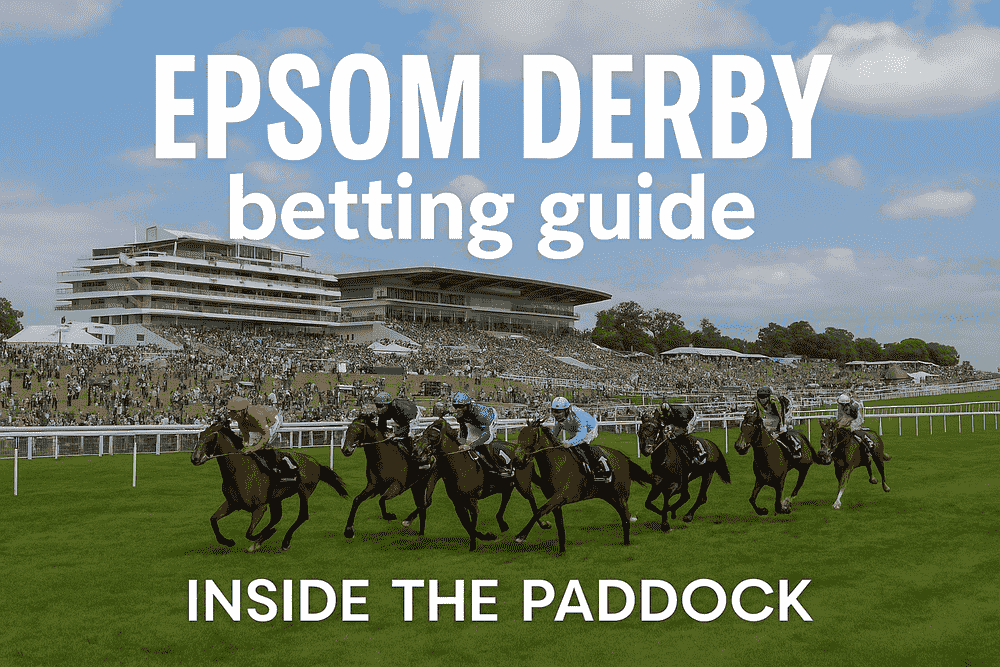
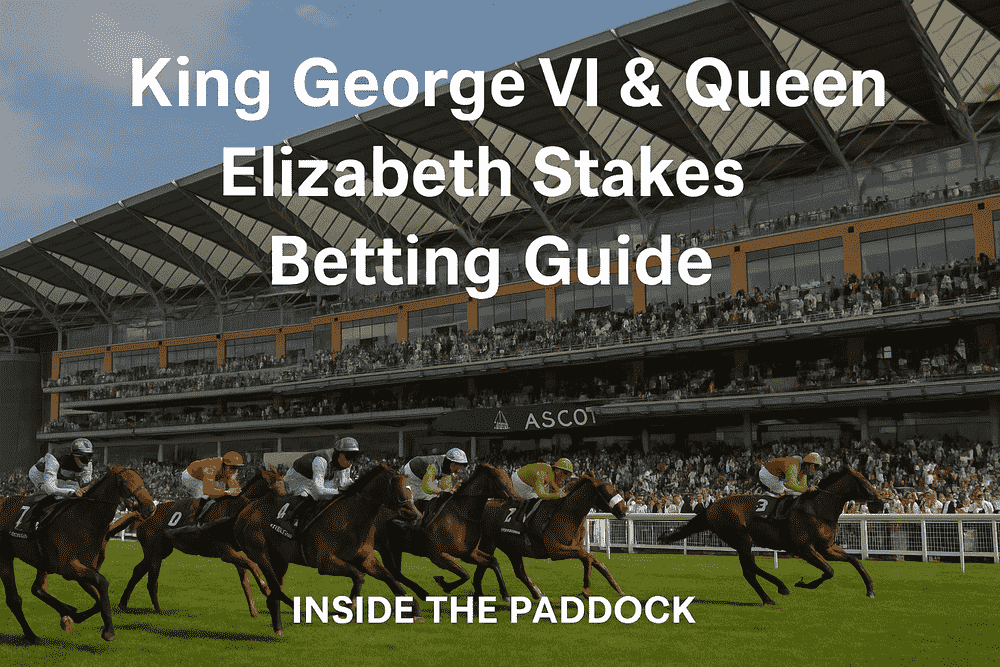

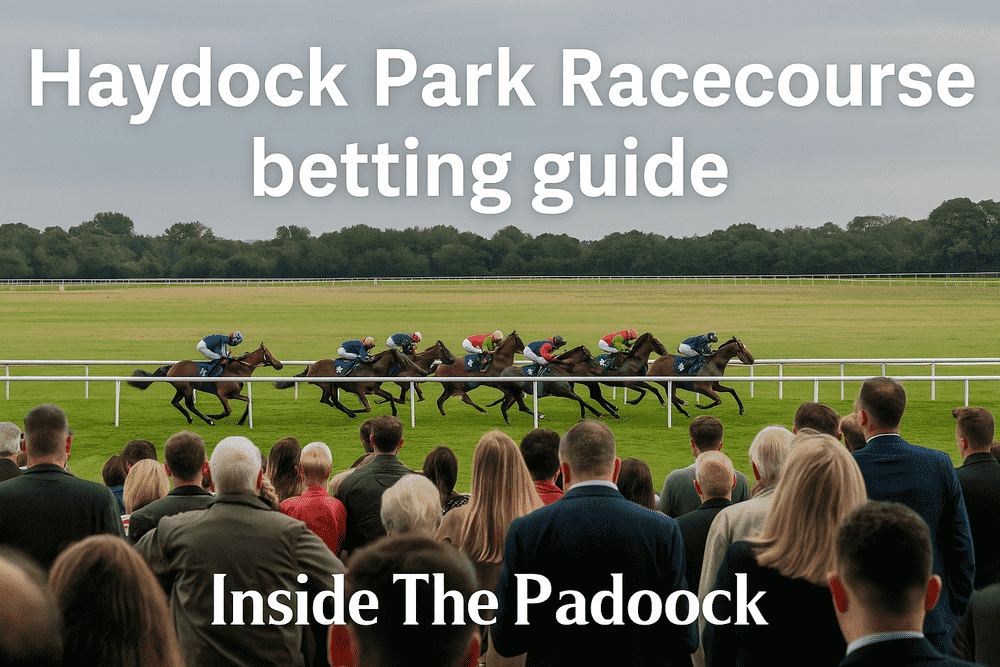

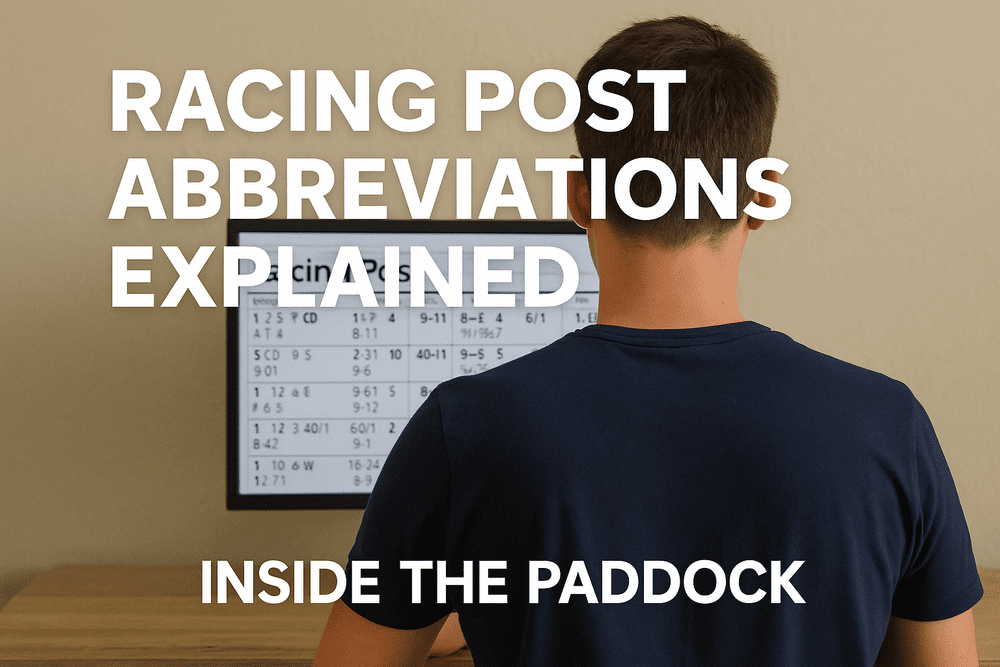
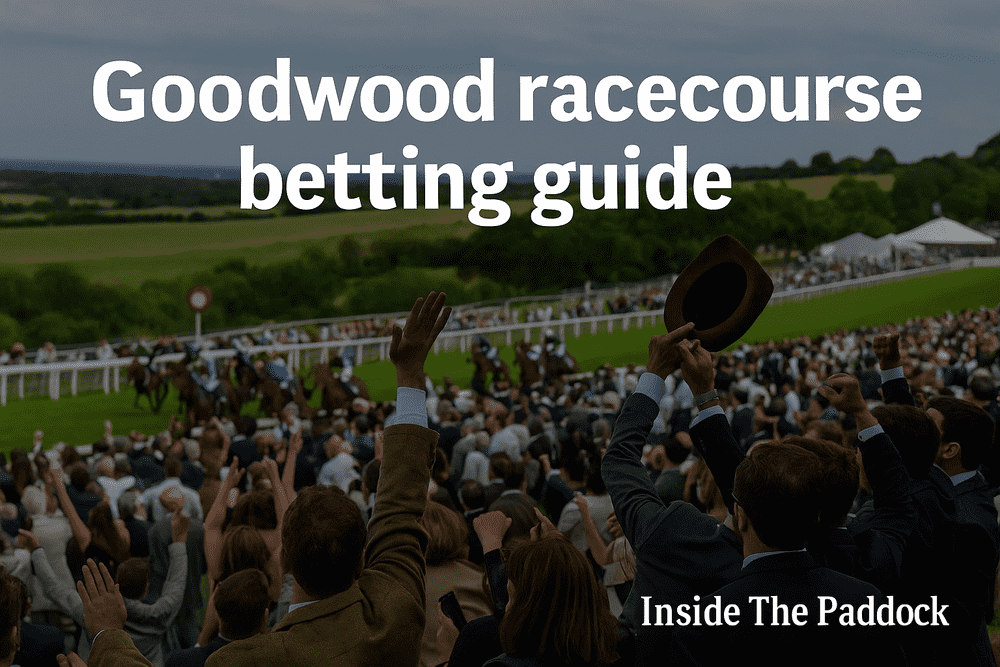

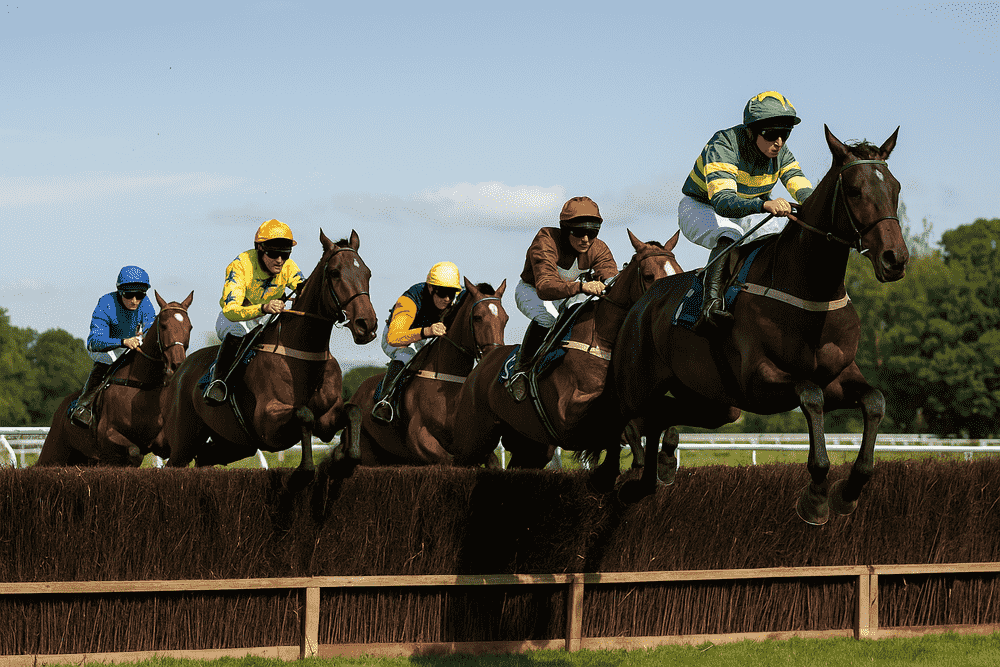
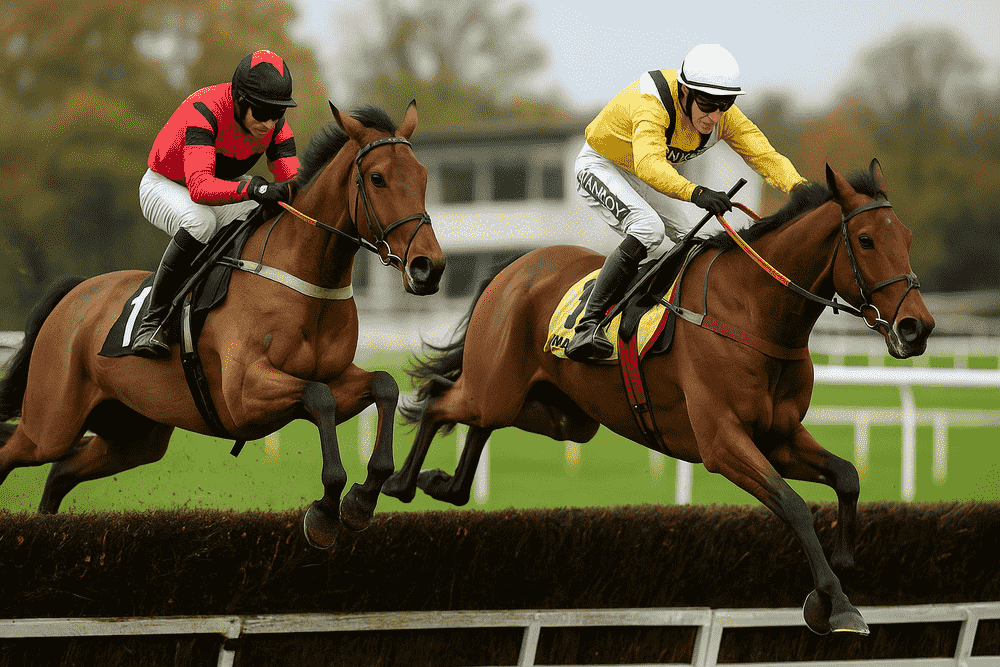
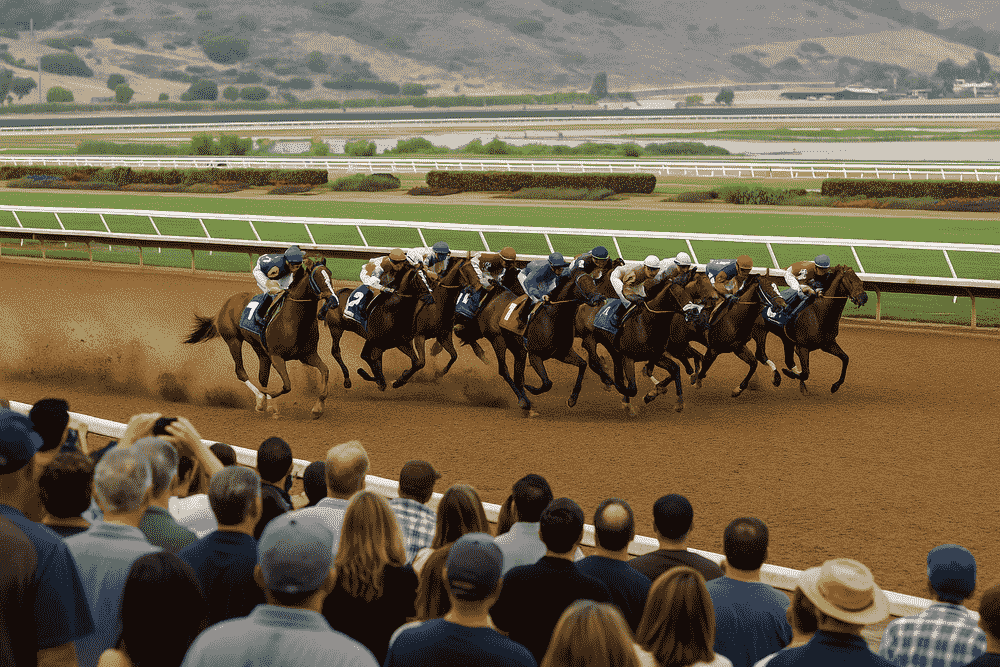
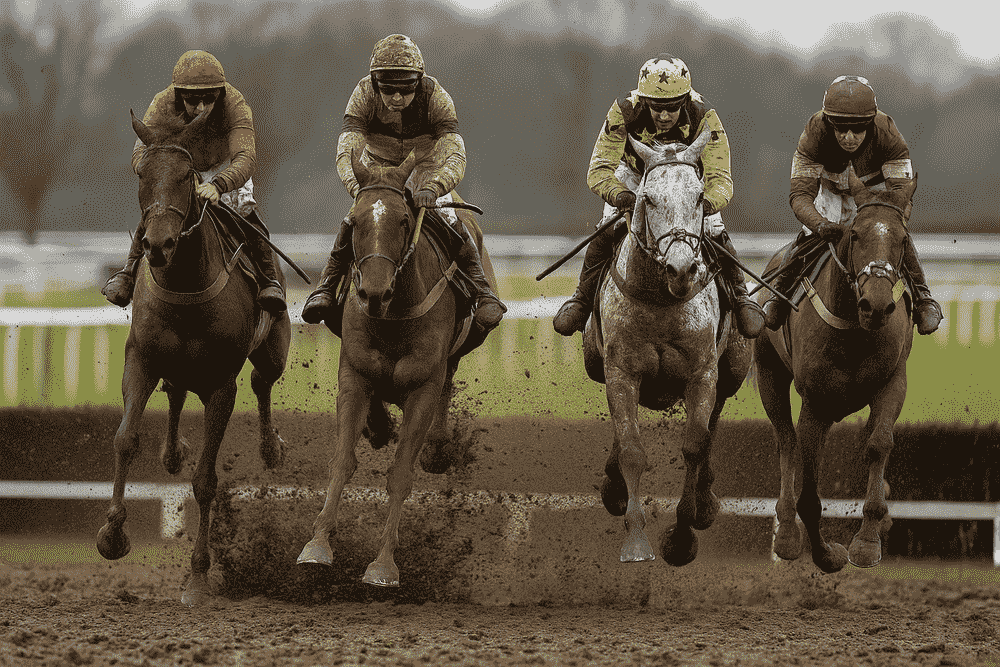
Leave a Reply